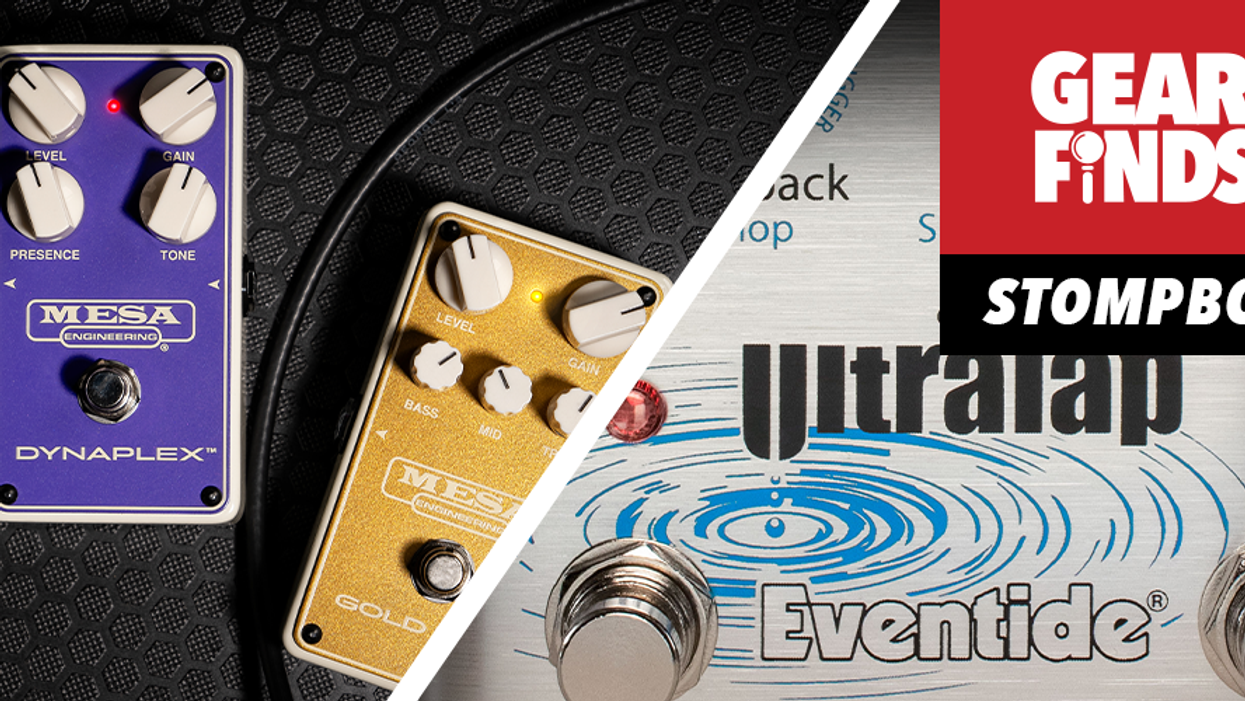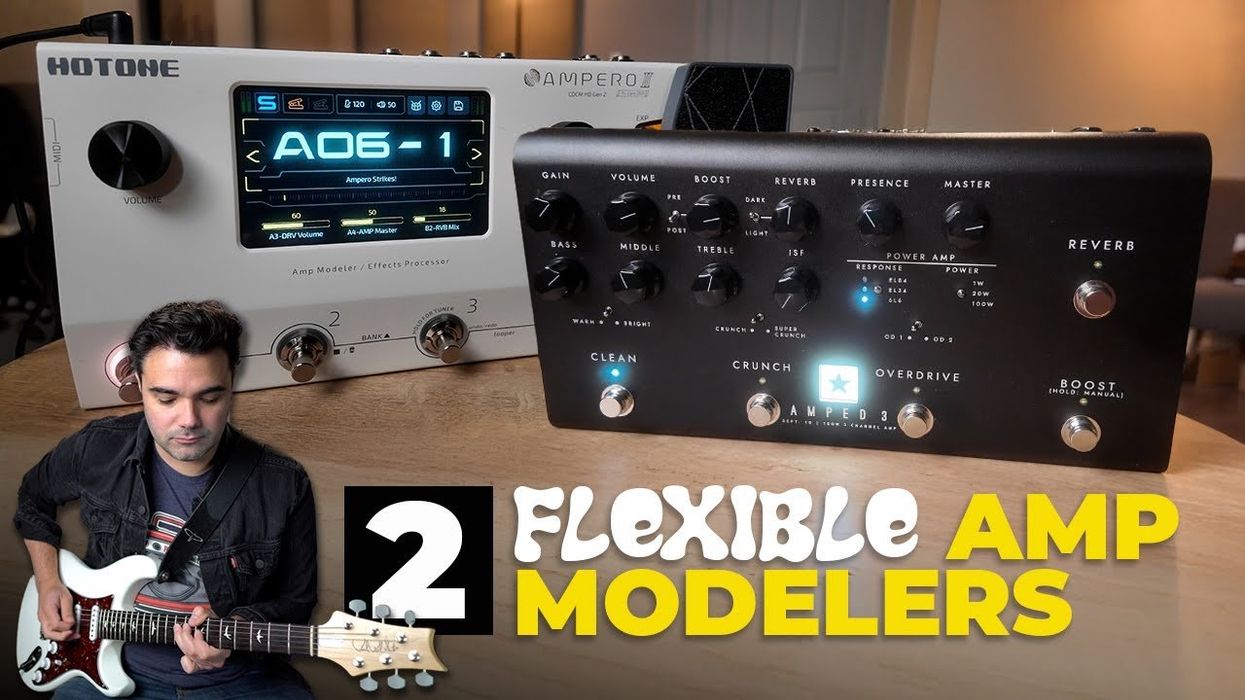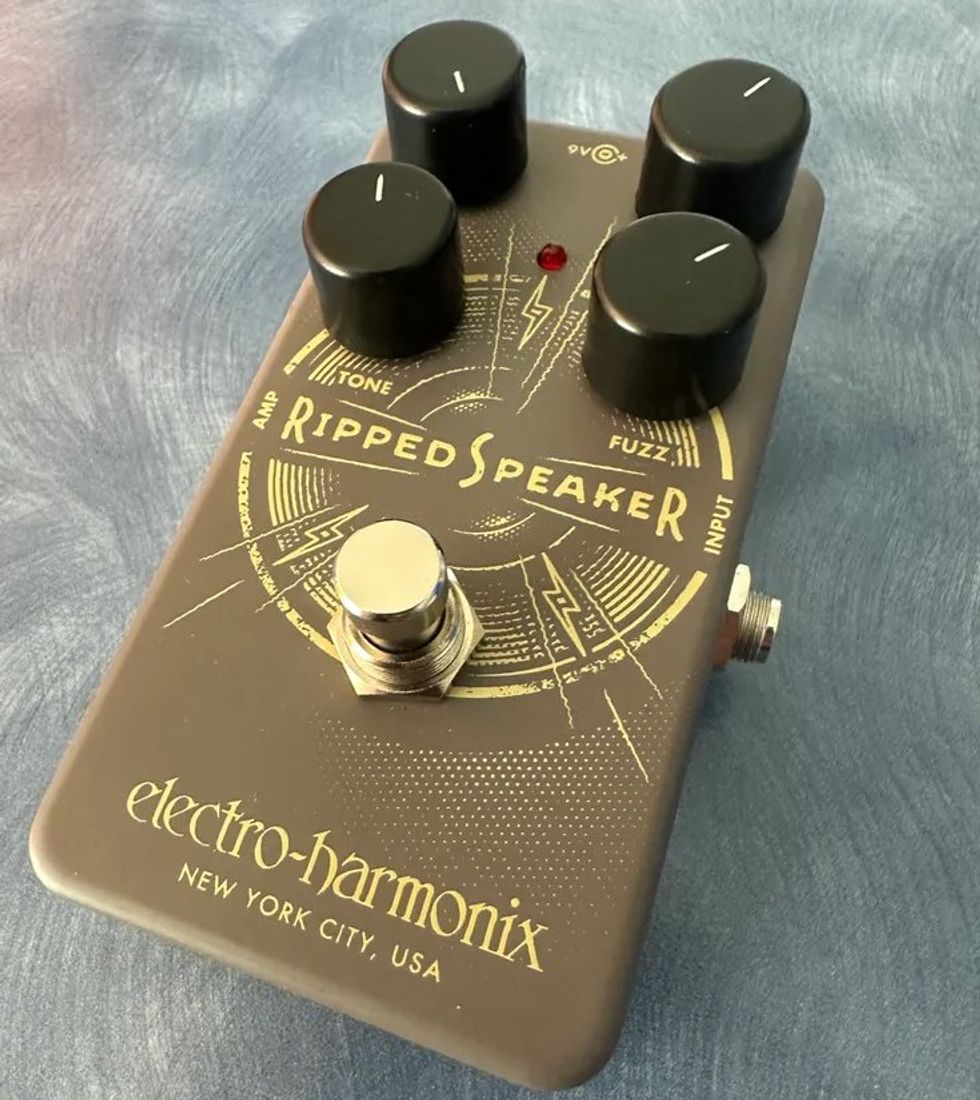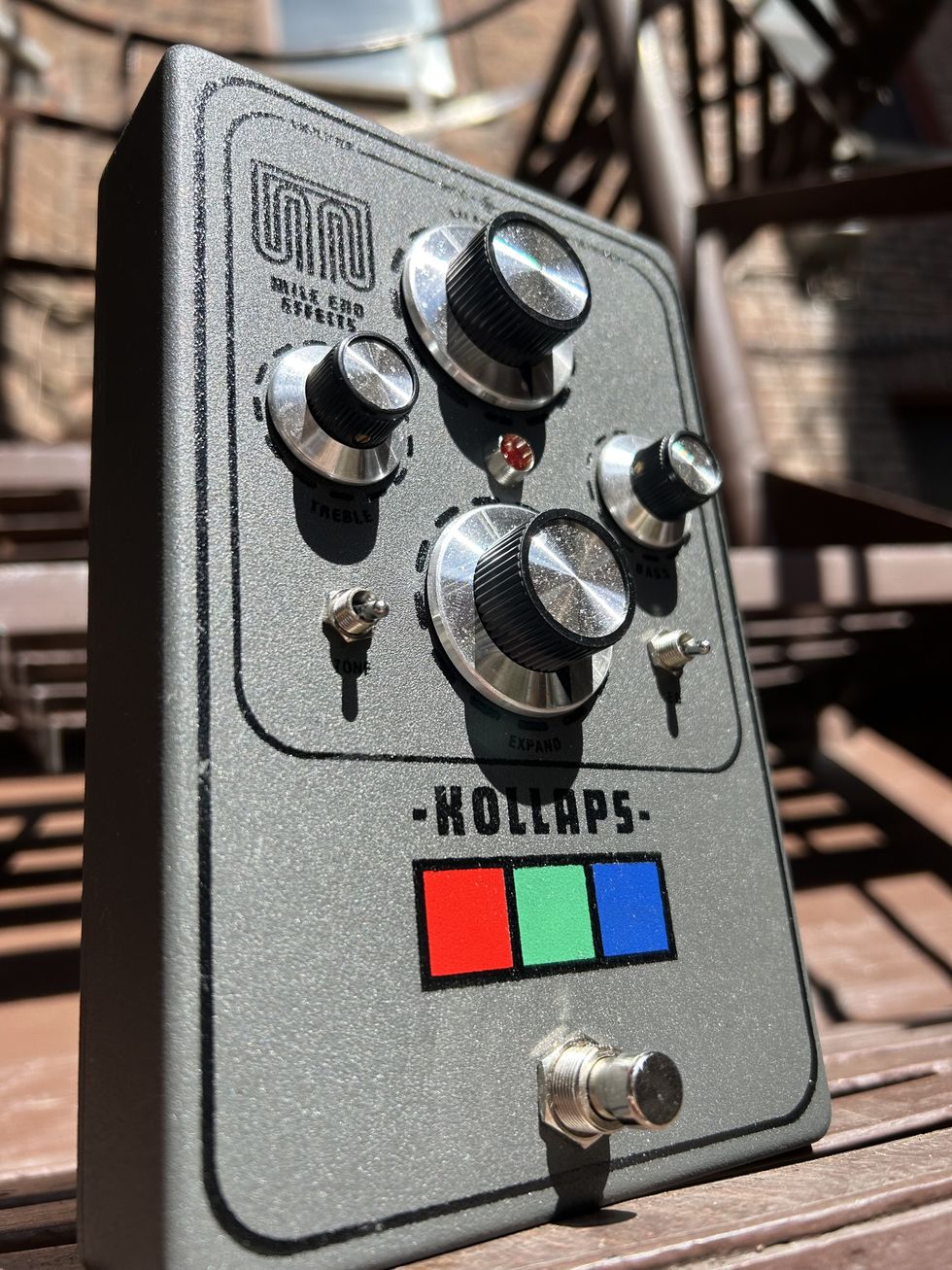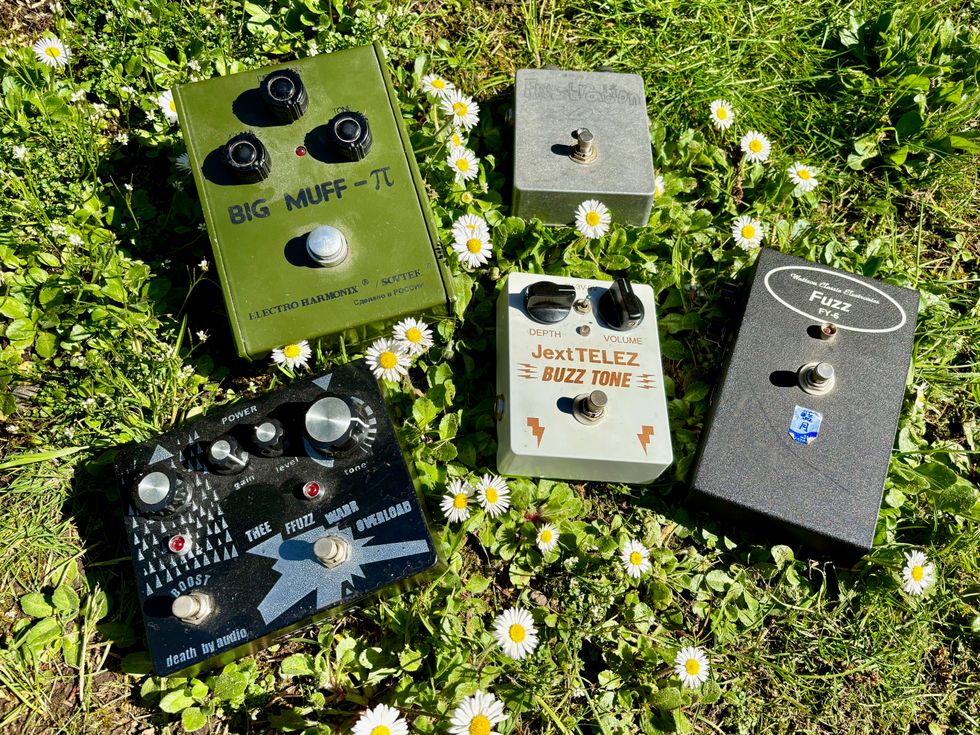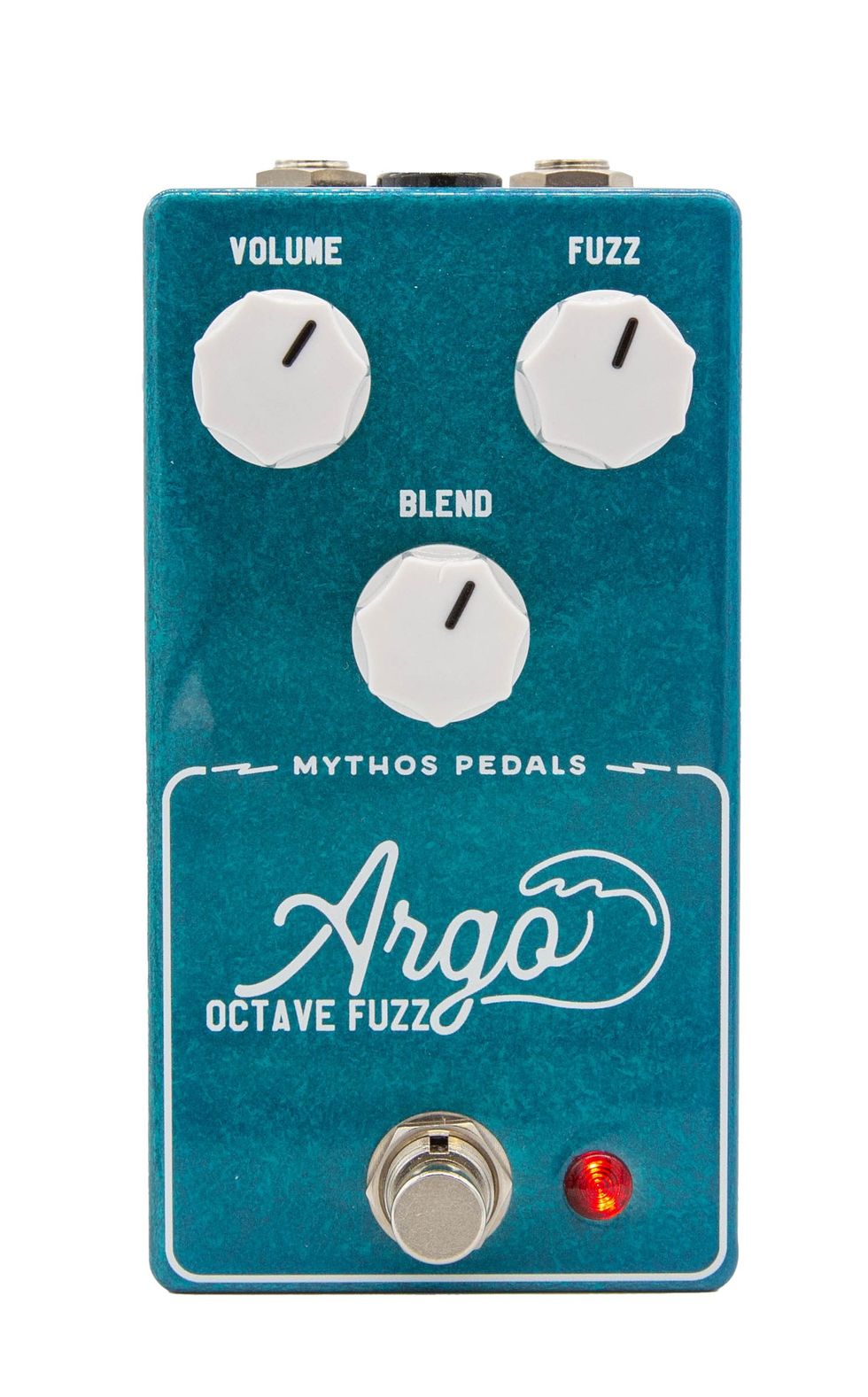Los Angeles, CA (August 8, 2017) -- F-Pedals unveils Nikaos, an incredibly dynamic distortion pedal designed for Greek producer Nikolas Farmakalidis.
For howling solo lines, growling power chords, soulful screaming blues or crunchy riffs, Nikaos was conceived for players who are looking for a powerful and very manageable distortion sound. It creates very immediate and intuitive tones with just a volume (Growl) and tone (Roar) controls. The distortion is managed by the guitar volume knob. Nikaos Eyes are sensitive to your playing and their light will intensify as you increase the dynamic or volume on your favorite instrument, adding a touch of tube feeling to your tone.Use it to bring analog energy when recording on your favorite digital station, enjoy it live when rocking with your band, or experiment your own vision unleashing the beast inside of Nikaos
Available at selected retailers worldwide as well as on F-Pedals Online Store F-Pedals.com it retails at a suggested price of $119.
Watch the company's video demo:
For more information:
F-Pedals



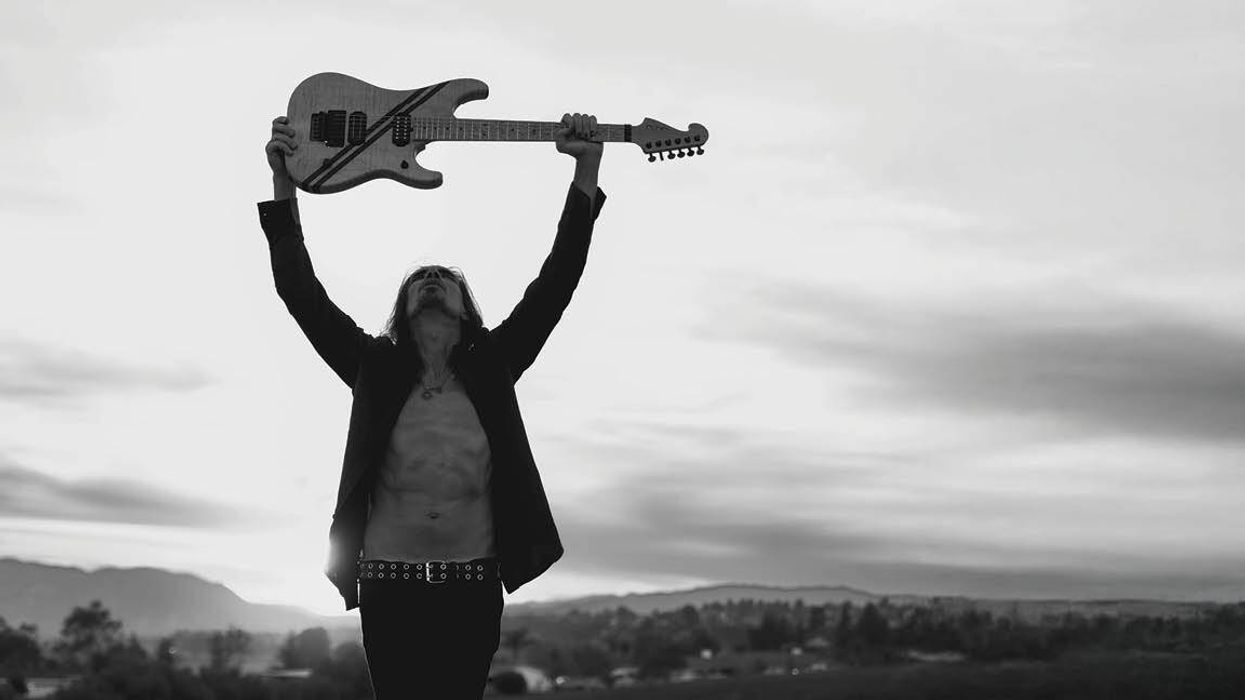
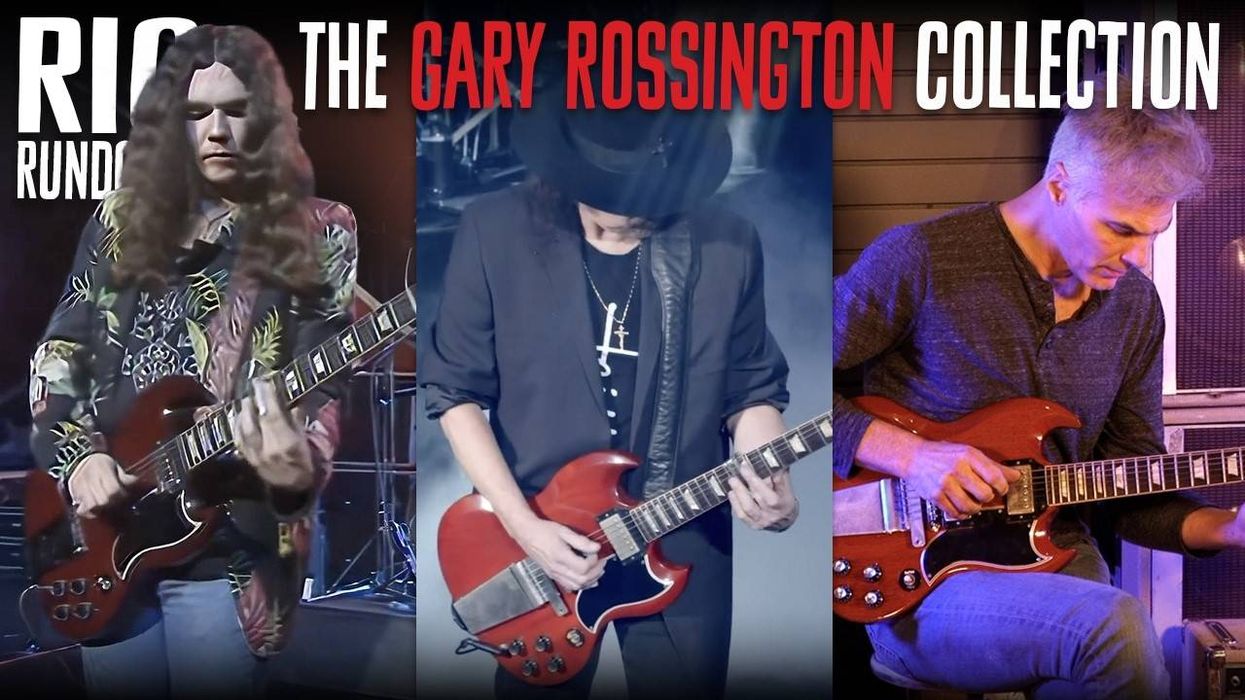



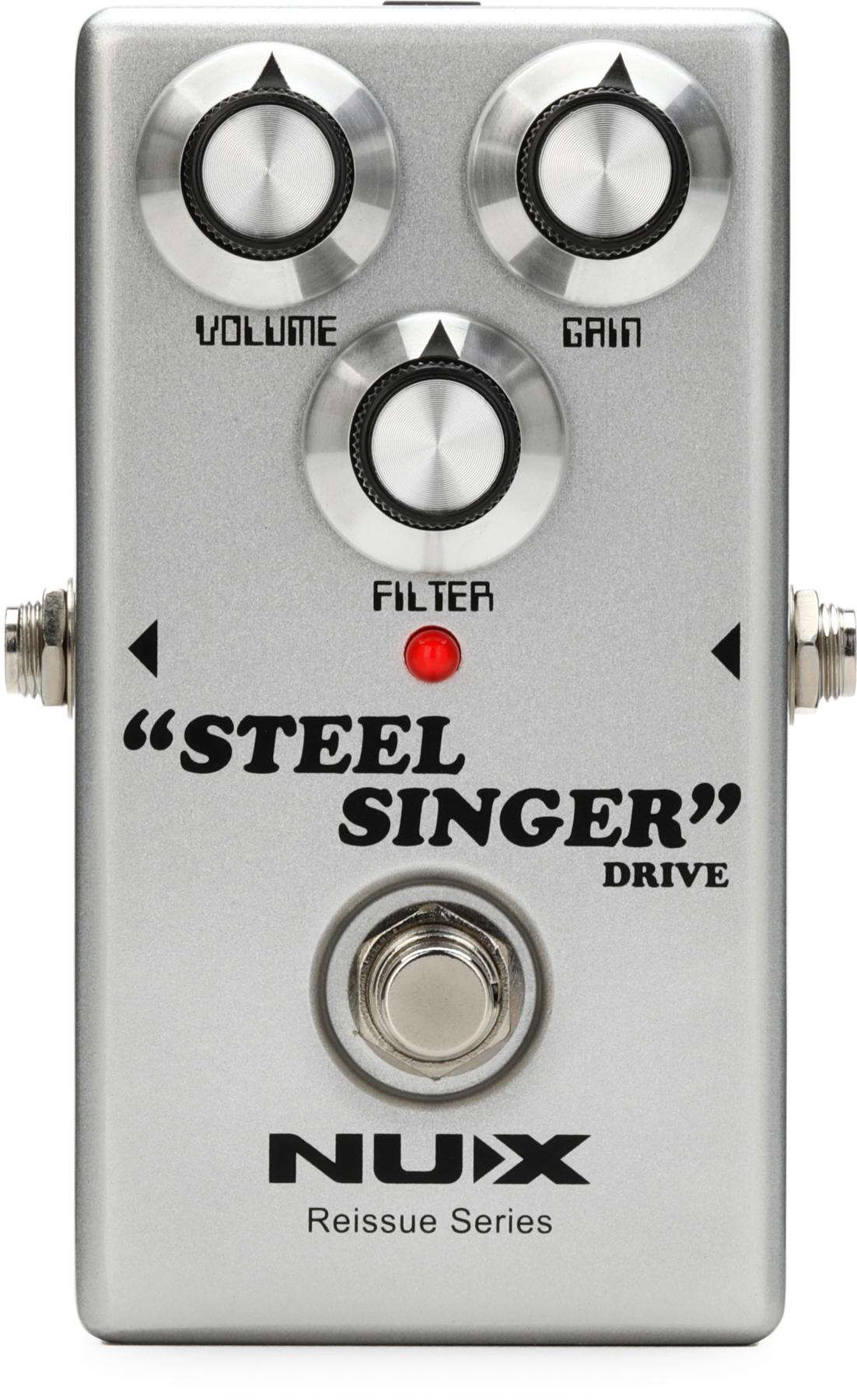


![Rig Rundown: Russian Circles’ Mike Sullivan [2025]](https://www.premierguitar.com/media-library/youtube.jpg?id=62303631&width=1245&height=700&quality=70&coordinates=0%2C0%2C0%2C0)


